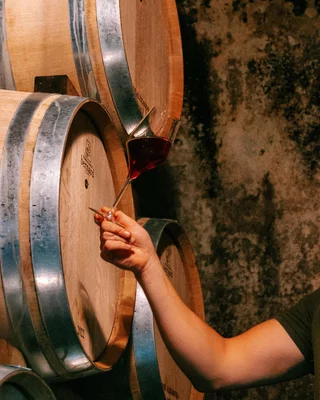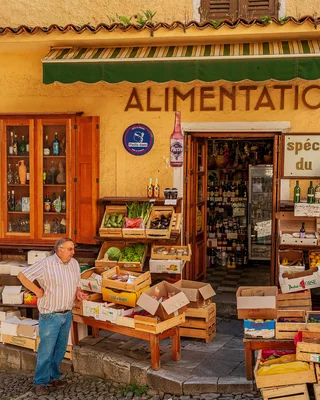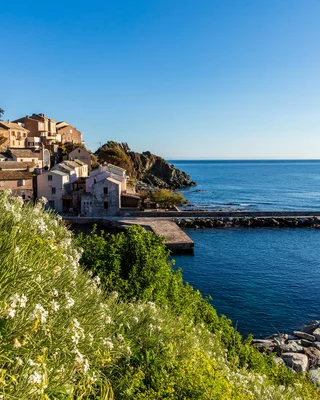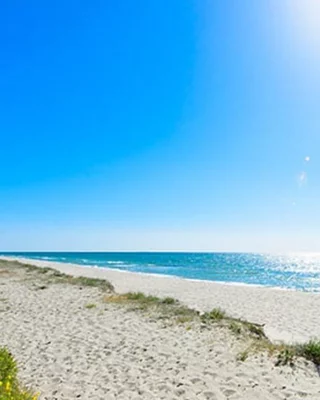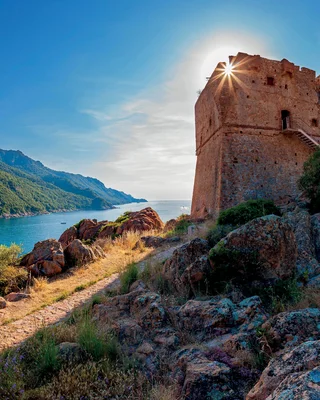Traditional Corsican cheeses
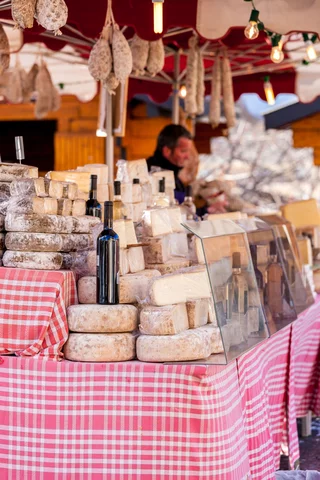
Heir to a long tradition of dairy farming of sheep and goats, Corsica has found a way to enhance the value of its territory. Breeding practices combined with ancestral know-how have led to the creation of unique Corsican cheeses. A cultural and gastronomic heritage that's a must-taste during your stay on the "island of shepherds"! Remember, a tourist destination is not only to be seen and discovered, but also tasted. And that's exactly the case with Corsica's famous cheeses: traditional flavors full of surprises that will make your vacation even more memorable.
What's the best Corsican farmhouse cheese?
Their differences preparation and maturing.
- Brocciu. Corsicans call it casgiu naziunale, "national cheese". Whether you eat it fresh (between November and June) or passu (all year round), you'll love the delicacy of this cheese, made from sheep's or goat's whey. The only AOC and AOP cheese on the island of Corsica, it is rich in iodine, vitamins, calcium and amino acids.
- Le brin d'amour or Fleur du maquis offers a sensory voyage, with its intense, almost bewitching flavor and highly fragrant scent, as it is matured on a bed of savory and rosemary. Summer is the perfect time to enjoy it.
- Niulincu or Niolo is produced exclusively in Niolo (hence the name), a mountainous region in the Haute-Corse department. Made from sheep's or goat's milk, it has a soft rind and matures for three to four months. It has a very strong odor and flavor.
- Bastilicacciu is produced in Bastelica, near Ajaccio. Unlike Niulincu (washed-rind), Bastilicacciu is a soft cheese with a natural rind. The heart of the cheese is runny, and if you want to speak Corsican, you'll say it's in ciarbellu (pronounced "in charbel").
- Sartinesu, smoked over chestnut wood, can be recognized by the caramel-like color of its rind. It's a cheese for aging, so you can keep it for a long time. During the aging process, which lasts from two to seven months, the cheese in the rind becomes much more fragrant, and its mildness makes it a cheese for everyone.
- Calinzana. This is a soft cheese produced in Calenzana in the Balagne region. Extremely difficult to make, its powerful, pungent taste requires special know-how.
Cheese has been an important part of the Corsican diet from generation to generation. There are few cattle on the island, and cheese is made mainly from goat's or sheep's milk. Corsican cheeses are generally very strong, and more delicate palates may find them pungent.
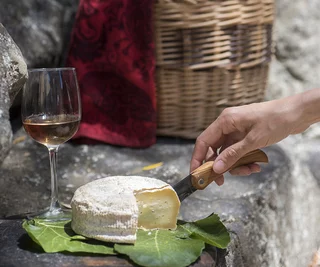
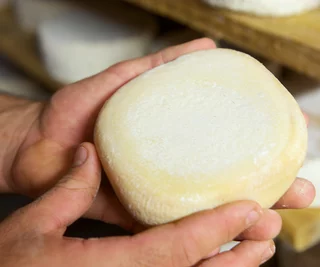
Where can I find Corsican cheese? Producers and cheese shops
In Corsica, cheese is traditionally eaten at the end of a meal, but also as a mid-morning "spuntinu" (snack). A break originally taken by shepherds who gathered their flocks to eat together.
The micro-productions of Corsican farms essentially serve the local market, so make the most of your stay in Corsica and meet the producers!
Corsicatours joins forces withODARC (Office du Développement Agricole et Rural de Corse) to enrich your experience of Corsica.
La Route des Sens Authentiques suggests walks, visits to island farmers, craft workshops, cultural and natural stops not to be missed, as well as restaurants with the "Gusti di Corsica" label, and stores where you can find the best Corsican products. The Route des Sens is a Quality Charter, grouping together service providers in micro-regions, guaranteeing you an original product: animal production, with local breeds, or plant production, all the island's agricultural riches at your fingertips!
To date, 12 Appellations d'Origine Contrôlée (wines, brocciu, olive oil, honey, chestnut flour and charcuterie), as well as Protected Geographical Indications (clementine and hazelnut...) underline the excellence of Corsican products.
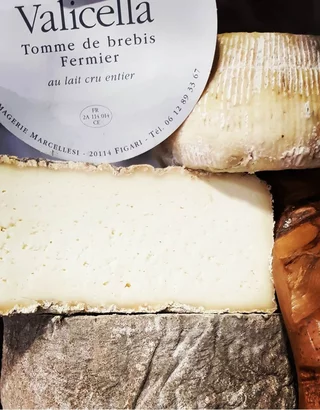
Speciality and recipes: un Brin amour
Traditionally, Corsican cheese is eaten with fig jam, which softens its powerful flavor.
Fresh brocciu is used in omelettes, savory tarts, pastas, baked vegetable stuffings, flans (fiadone) and fritters. In Bonifaciotry eggplant cooked with cheese: 3 different Corsican cheeses are available to enhance the flavor.
What's the name of the Corsican cheese with maggots? Casgiu merzu?
Want to find out more? Read Volume 20 of Asterix and Obelix's adventures, entitled "Asterix in Corsica".
Casgiu Merzu" consists in letting the cheese age long enough to obtain a specific taste... obtained thanks to the larvae of the piophilia fly! Small maggots are mixed into the cheese, a sign that it is ripe enough to be eaten. The new production rules mean that this experience is no longer possible, as it is now forbidden for sale. Perhaps you'll meet someone who'll let you taste it...
If you're interestedin pastoralism and dairy traditions, still alive and well on the Isle of Beauty, Corsicatours offers you a tailor-made tour that will take you to the producers and craftsmen who make Corsica what it is today.
We entrust you with the recipe forfiadone"cakefiadone" cake:
Ingredients: 500g brocciu, 4 eggs, 150g sugar, 15g flour, 1 lemon.
Place the whole, unbeaten eggs in an earthenware bowl and knead by hand with the brocciu. Rain in the flour. Add the caster sugar and grated lemon, mixing with a spatula to obtain a smooth dough. Butter and flour a baking tin. Bake for approx. 30 minutes at 240°. The dough will puff up as it cooks. Dust with powdered sugar just before serving!
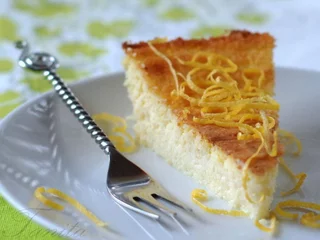
Our local experts tell you all about our trips to Corsica!
What's the name of the Corsican cheese with worms in it?
Casgiu Merzu, a cheese from southern Corsica, is famous for its unique recipe involving maggots. More than a cheese, it's a "rotten" cheese preparation, obtained by leaving a goat's or sheep's tomme exposed to flies. Their larvae break down the cheese, transforming it into a soft paste. It is eaten with or without maggots, which can be eliminated by soaking the cheese in brandy.
Where to find brocciu?
To get Corsican brocciu during the winter season, you can easily order it online, for example via Corsica Colis, in just a few clicks.
